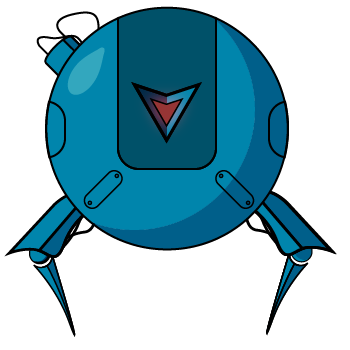 [](https://travis-ci.org/addo37/ExampleBots)
[](https://jitpack.io/#addo37/ExampleBots)
[](https://telegram.me/AbilityBots)
[](https://travis-ci.org/addo37/ExampleBots)
[](https://jitpack.io/#addo37/ExampleBots)
[](https://telegram.me/AbilityBots)
Example Bots
Your entry point should be the ExampleBot, it showcases most of the features of the AbilityBot.
Don't forget that you can do the following with ANY AbilityBot!
- /claim - Claims this bot
- /commands - Reports all user-defined commands (abilities)
- /backup - Returns a backup of the bot database
- /recover - Recovers the database
- /promote @username- Promotes user to bot admin
- /demote @username - Demotes bot admin to user
- /ban @username - Bans the user from accessing your bot commands and features
- /unban @username - Lifts the ban from the user
Sample:
public Ability saysHelloWorld() {
return Ability.builder()
.name("hello") // Name and command (/hello)
.info("Says hello world!") // Necessary if you want it to be reported via /commands
.privacy(PUBLIC) // Choose from Privacy Class (Public, Admin, Creator)
.locality(ALL) // Choose from Locality enum Class (User, Group, PUBLIC)
.input(0) // Arguments required for command (0 for ignore)
.action(ctx -> {
/*
ctx has the following main fields that you can utilize:
- ctx.update() -> the actual Telegram update from the basic API
- ctx.user() -> the user behind the update
- ctx.firstArg()/secondArg()/thirdArg() -> quick accessors for message arguments (if any)
- ctx.arguments() -> all arguments
- ctx.chatId() -> the chat where the update has emerged
NOTE that chat ID and user are fetched no matter what the update carries.
If the update does not have a message, but it has a callback query, the chatId and user will be fetched from that query.
*/
// Custom sender implementation
sender.send("Hello World!", ctx.chatId());
})
.build();
}Testing
Check out the ExampleBotTest on how you can harness the power of mocked senders!
Sample
@Test
public void canSayHelloWorld() {
Update mockedUpdate = mock(Update.class);
EndUser endUser = EndUser.endUser(USER_ID, "Abbas", "Abou Daya", "addo37");
MessageContext context = new MessageContext(mockedUpdate, endUser, CHAT_ID);
bot.saysHelloWorld().consumer().accept(context);
// We verify that the sender was called only ONCE and sent Hello World to CHAT_ID
Mockito.verify(sender, times(1)).send("Hello World!", CHAT_ID);
}